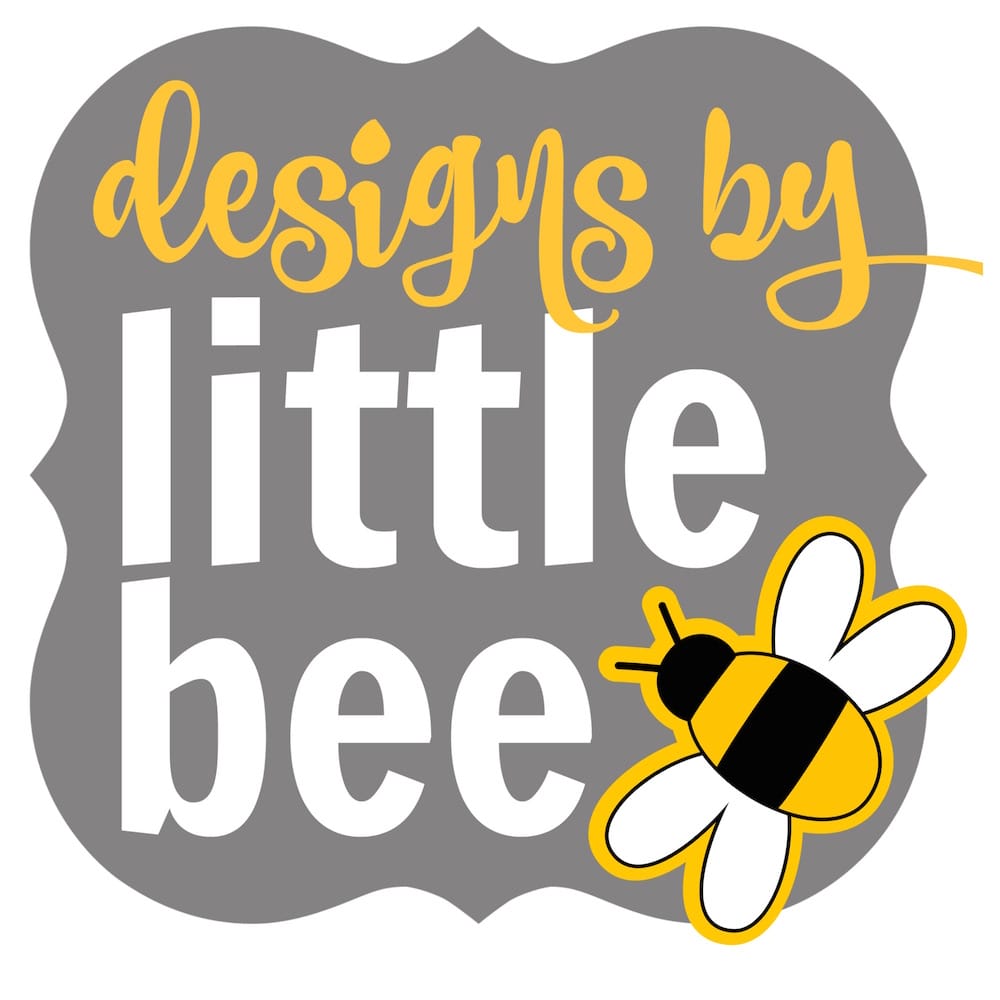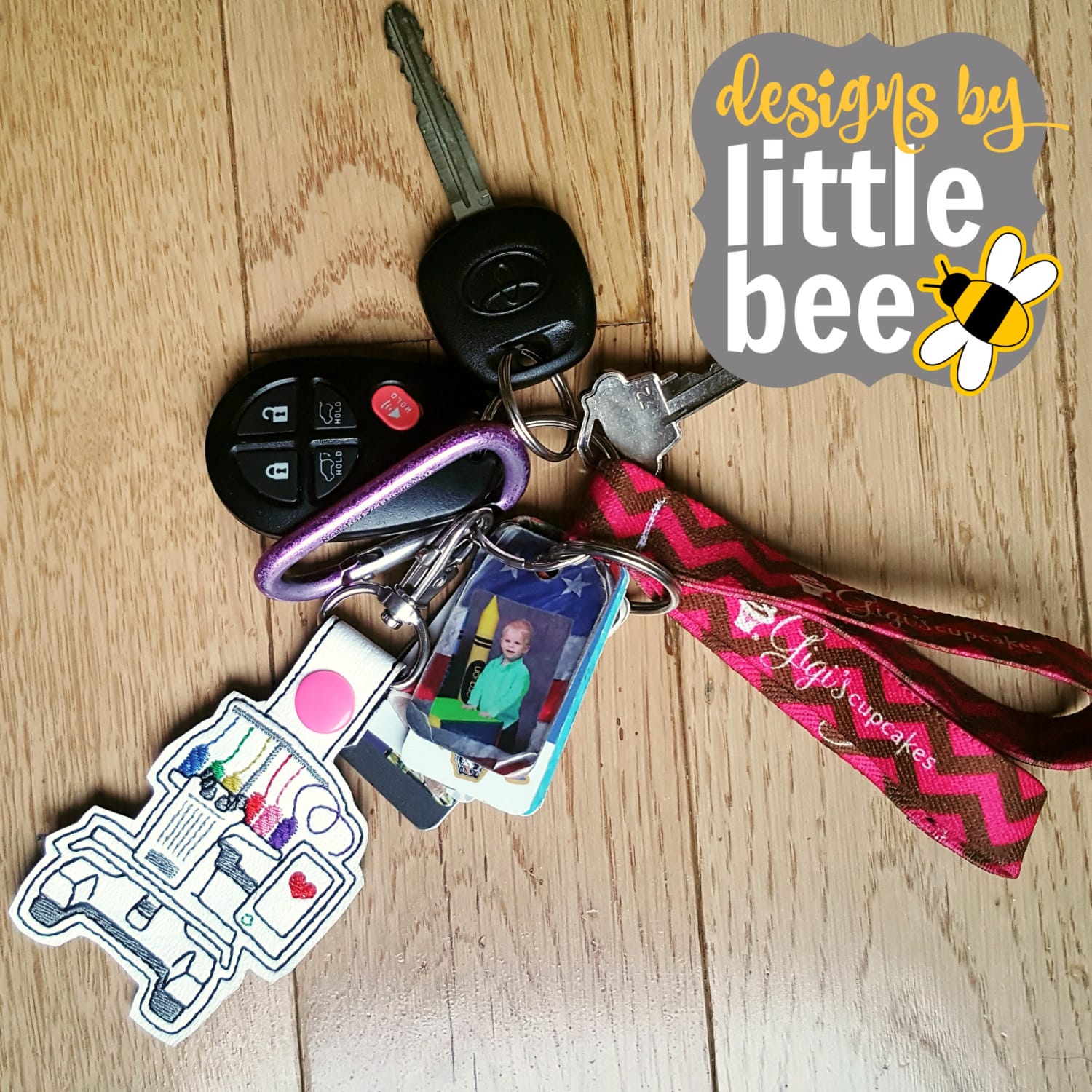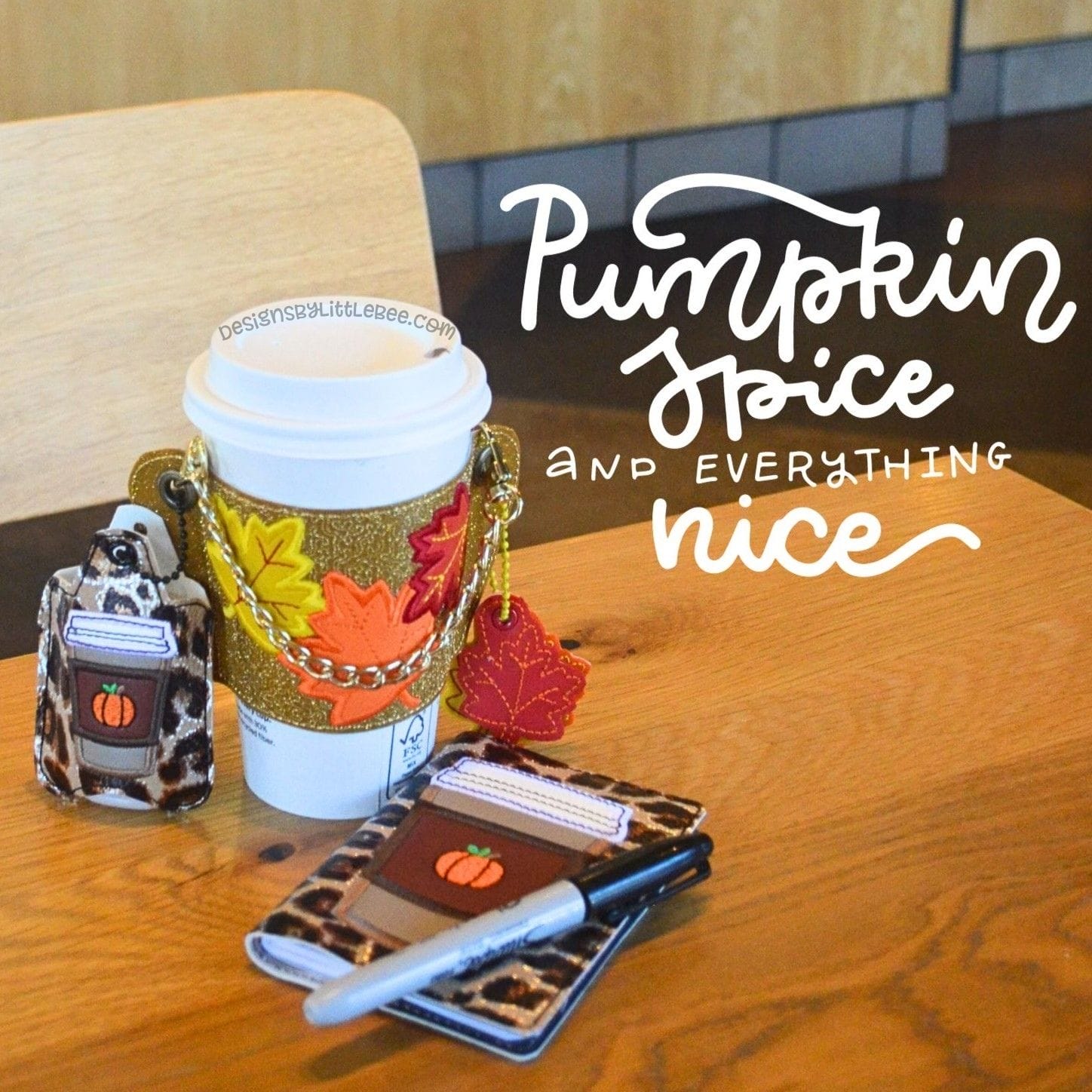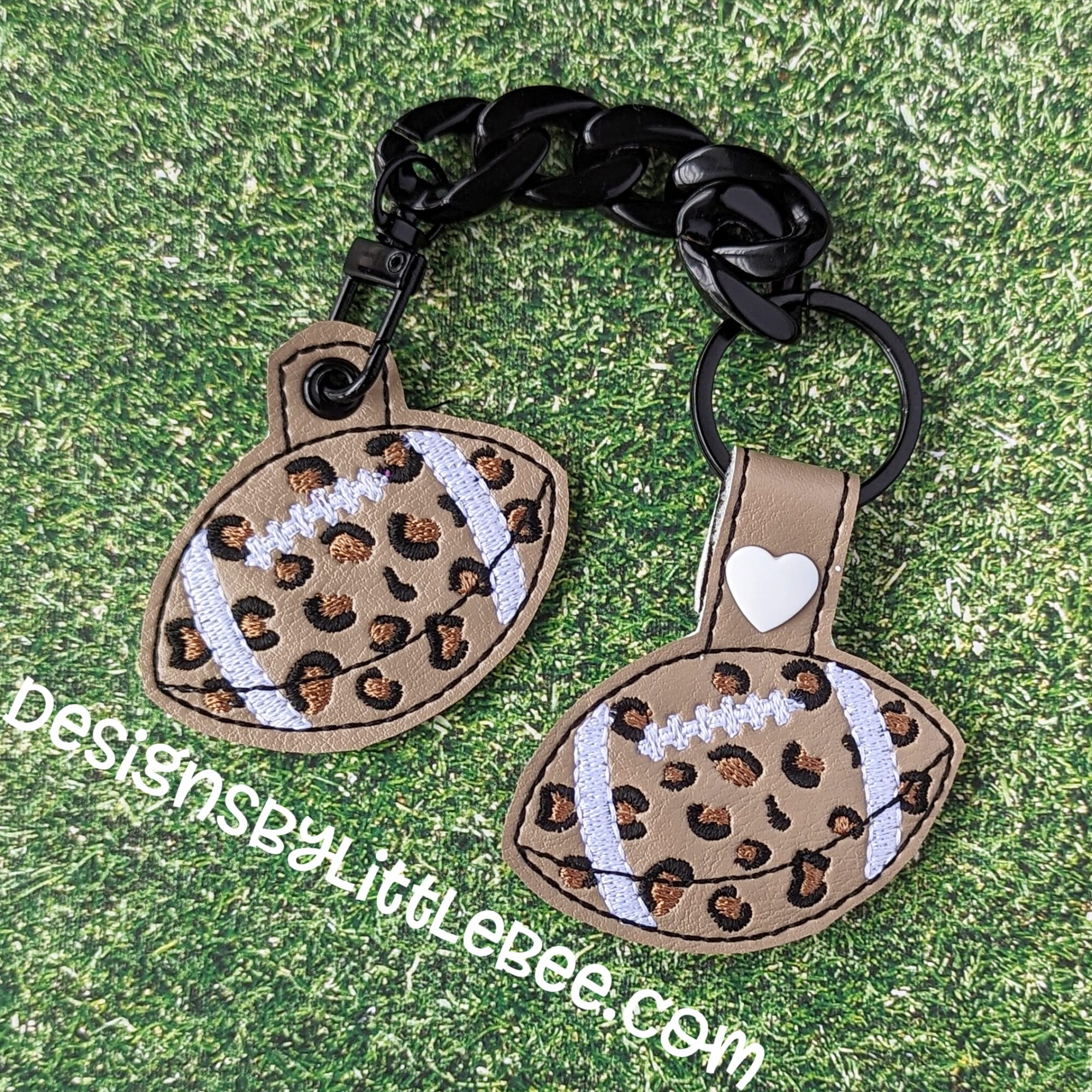Disclosure: This blog contains links to my Amazon Associates affiliate page, and any purchases you make from that page may result in Amazon store credit for me. As always, I would never recommend something that I have not personally used and/or would not purchase with my own money.
It’s time for a rare Stitch Artist tutorial! 😉
My older son turns five in less than a week, and after I’ve asked him no fewer than twelve times, “What do you want me to put on your birthday shirt?” he has given me the same inexplicable answer every time: “One thousand seventy days!” I have NO idea what this means. All I know is that my kid wants a shirt with “1070 days” on it, and a shirt with “1070 days” he shall get. I asked him the colors he wanted, and he said, “Rainbow!” Game on, kid. Challenge accepted. ??
I’m working on a sister blog to this style of project, but I wanted to gear this one directly to my Stitch Artist friends. Although I COULD use my embroidery machine to stitch out a shirt with his interesting request, I decided I wanted to go a little more creative and try something new.
The materials you’ll need to create this style of project are:
shirt/blank
fabric
Heat-n-Bond Lite (often referred to as hnbl)
Stitch Artist software
printer
iron
sewing machine (optional – for zig zag finishing)
First, open your Stitch Artist software. The first thing I did was to create a “hoop” to the same size as a sheet of paper, so that I know where my edges are before I print. You don’t have to do this, but if you’d like to, go up to Preferences (the little folder), select “New,” name your hoop, and fill in these parameters: 215mm width by 275mm height. Click “Ok,” select your shiny new hoop, and click “Apply” then “OK.”
Make sure you’re in the “Create” window, and click the button to the left of your toolbar that says “TTF.” (NOTE: Depending on which modules of Embrilliance software you have, your toolbar may look slightly different from mine.)
A window will open up that shows your computer’s available selections of True-Type Fonts. The preview of what you’re typing makes it easy to choose the font that best suits your project. I typed in “1070” and selected the font I like the best for this particular project (Segoe UI Black).
When I click “OK,” the text as shown will populate onto my digitizing window. Now I am going to click and resize each number to be the size I want – for this project, I want each letter to be approximately 4 inches tall. Using my grid, this is easy to gauge! If you go outside of your “hoop” you can just select each number one at a time, and move them around the page.
I moved all four of my numbers well inside of my hoop/page, and then I selected the entire design and assigned a running/line stitch to every number. The reason I did this is simply to make the printout of the numbers easy to see and use as a template.
Now, the way that I carry out the next steps is the way that I decided to do them. There are many ways to complete sewing projects. For example, you may be thinking. “I could use Microsoft Word/another word processing program to print out letters!” Well, that’s true. But I like using Stitch Artist because for one thing, I love using it for everything 🙂 and for two, I like seeing the measurements of the letters right there before I print them out and it’s easy to see on my grid. I encourage you to get creative and “hack” instructions to find the way that works best for you!
Next, I simply click on “File” and “Print Preview.” Look at the preview and make sure all of your objects are going to fit onto the paper when you print.
Does it look like you want? Then select “Print” and grab your printout.
Cut around each object; you will use these as your templates for cutting the fabric. Grab the fabric of your choice and fire up your iron. Since I was using different fabrics for each number, I cut little squares of each fabric approximately 3×5. Then I cut matching pieces of my big hnbl roll, and affixed hnbl onto each little square. Place the textured side down onto the wrong side of your fabric, and iron for ten seconds on a Medium-Hot setting. (This may vary with your iron.)
So now you have pieces of fabric for each object with hnbl ironed onto the back of each. The paper side is visible.
Wait until the fabric is cooled, then decide how you’re going to cut each object out. I chose to place my template onto the back of the fabric (backwards). This way, my tracing is not visible from the front.
Cut out each object, then peel the paper backing off of each object.
Place your objects onto the shirt/blank however you’d like.
Next, take your iron and place it on each object for ten seconds. This will bond the letters down to your fabric. VOILA! I
Now, if you’d like, you can take your project over to your sewing machine, set it to a zig zag stitch, and use a similar or contrasting thread to freehand a zig zag around each letter. That’s how I did my boys’ vacation shirts. You could also do any other type of finish on the letters – a running stitch, a decorative stitch – get creative!
But, to be completely honest, I have no idea how many times my son is going to want to wear a t-shirt that says “1070 days,” so I’m just going to leave this one the way it is. His birthday is January 12, so I will update with a photo of him wearing his shirt!
Gotta go do the same steps to put “days” on this shirt and then I can start on another project! I hope you enjoyed this project and have found a new, fun way to use your Stitch Artist software!




















